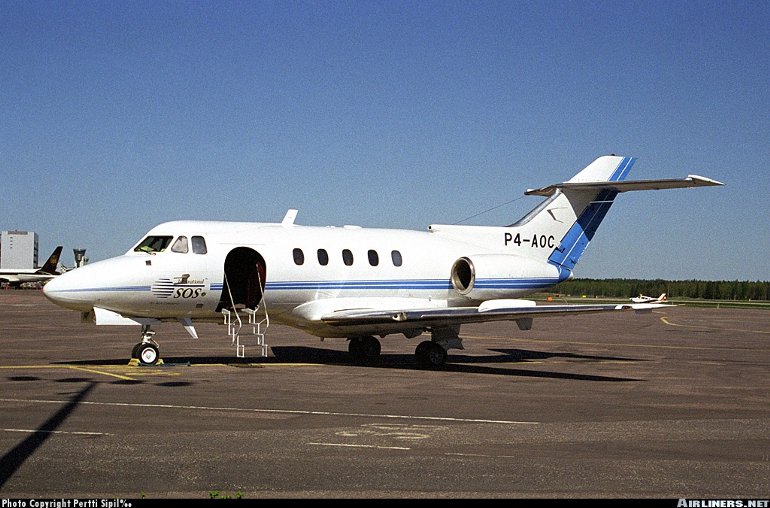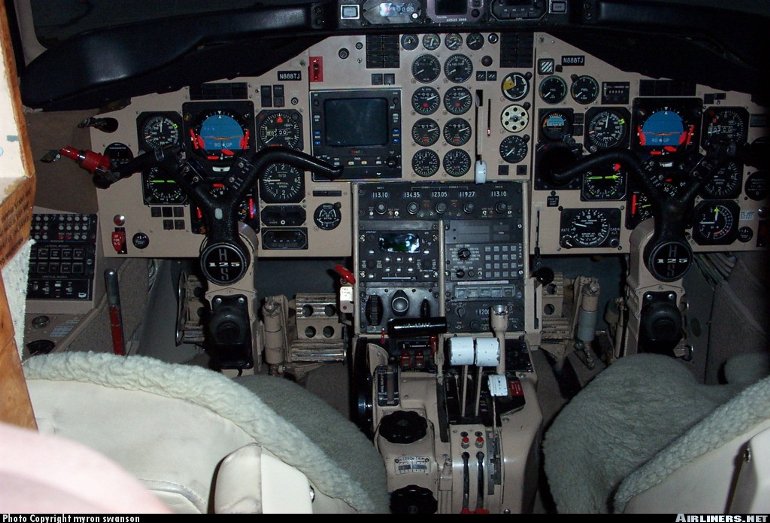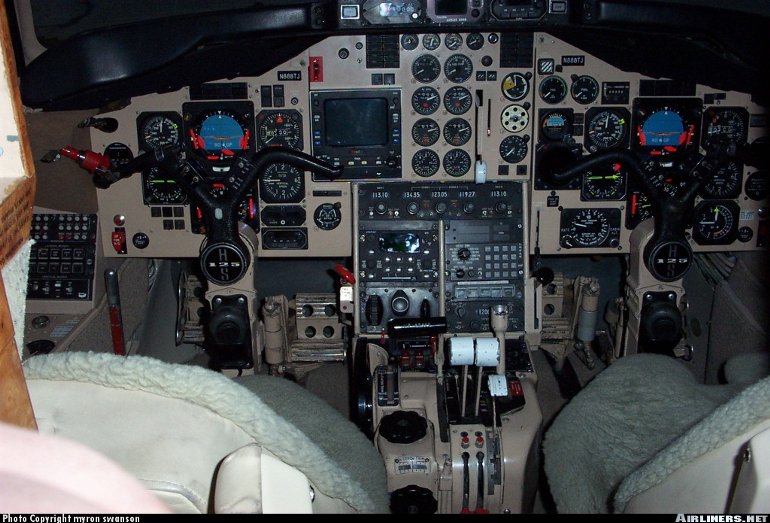Aircraft Technical Data
Hawker Siddeley HS-125-1/2/3/400/600



| Details | |
| Country of Origin | United Kingdom |
| Type | Mid size corporate jet |
| History | One of the British aviation industry's most successful postwar designs, the Hawker Siddeley HS-125 was one of the most successful first generation business jets and in developed form remains in production with Raytheon (refer separate entry). The HS-125 started life as a De Havilland project before that company became part of the Hawker Siddeley group. As the DH-125 this mid size corporate jet flew for the first time on August 13 1962. For a time the DH-125 was named the Jet Dragon, while just eight initial Series 1 production aircraft were built before deliveries switched to the more powerful Series 1A (the A suffix denoting North America) and Series 1B (the B denoting sales for world markets). A total of 77 was built. The Series 2 meanwhile was a military derivative built for Britain's RAF as the Dominie T1 navigation trainer. The improved Series 3A and 3B (29 built) had a higher gross weight, while the 3A/RA and 3B/RA (36 built) were heavier still with extra fuel for greater range. When De Havilland merged into Hawker Siddeley the Series 4, which featured numerous minor refinements, was marketed as the Series 400A and 400B and 116 were built. The final Viper turbojet powered 125 built was the Series 600A and 600B. The Series 600 features a stretched fuselage taking standard main cabin seating from six to eight, or up to 14 in a high density configuration. Other changes included more powerful RollsRoyce Viper 601-22 turbojets, lengthened vertical tail and ventral fin and a fuel tank in the extended dorsal fin. The 600 first flew on January 21 1971 and it became the standard production model until the Garrett TFE-731 turbofan powered 700 series was introduced (described separately under Raytheon) in 1976. Some Series 600s were re-engined with TFE-731s as HS-125-F600s. |
| Powerplants | 400 - Two 14.9kN (3360lb) RollsRoyce Viper 522 turbojets. 600 - Two 16.7kN (3750lb) RollsRoyce Viper 601 turbojets. |
| Performance | 400 - Long range cruising speed 724km/h (390kt). Initial rate of climb 4800ft/min. Range with 454kg (1000lb) payload and reserves 2835km (990nm). 600 - Long range cruising speed 810km/h (427kt). Initial rate of climb 4900ft/min. Range with max fuel and reserves 3020km (1630nm). |
| Weights | 400 - Typical operating empty 5557kg (12,260lb), max takeoff 10,569kg (23,300lb). 600 - Max takeoff 11,340kg (25,000lb). |
| Dimensions | 400 - Wing span 14.32m (47ft 0in), length 14.42m (47ft 5in), height 5.26m (17ft 3in). Wing area 32.8m2 (353sq ft). 600 - Same except length 15.37m (50ft 6in) |
| Capacity | Flightcrew of two. Various optional interior configurations offered depending on customer preference. Max main cabin seating for 12 in Srs 400 or 14 in Srs 600. |
| Production | Total sales of HS-125s up to and including the Series 600 reached 358, including the Srs 2 Dominie for Britain's RAF. More than 230 remain in use |
| Related Links | Hawker Siddeley HS-125-1/2/3/400/600 |
The backbone of this section is from the The International Directory of Civil Aircraft by Gerard Frawley and used with permission. To get your own copy of the book click here. |
|








